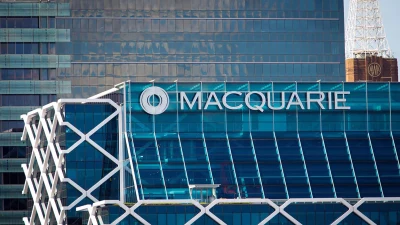Chinese equities rebound quickly


As China rebounds from the COVID-19 pandemic, Chinese equity funds have seen a boost while its regional neighbours struggle with losses.
According to FE Analytics, within the Australian Core Strategies universe, the Asia Pacific single country sector had an average loss of 6.66%, over the year to 30 April, 2020.
In the 19-fund sector – which included equities from India, Japan and South Korea – all five China-focused funds led the way.
Those funds were VanEck Vectors China New Economy that returned 13.57%, Vasco ChinaAMC China Opportunities returned 3.53%, while Premium China had lost 3.32% and Fidelity China lost 4.46%.
VanEck Vectors ChinaAMC CSI 300 – which had recently been renamed the VanEck Vectors FTSE China A50 ETF – lost 4.31%.
It had recently changed its name as it now tracked the FTSE China A50 index instead of the CSI 300.
The FTSE China A50 index tracked the 50 largest stocks in China by market cap and the change came into effect from 23 April, 2020.
Pendal Japanese Share, which lost 5.28%, was sixth best in the sector and the highest non-Chinese equity fund.
Russel Chesler, head of investments and capital markets at VanEck, said gross domestic product (GDP) in China had contracted about 6.8% during Q1 due to COVID-19, but had bounced back quickly.
“There was a projection of a double-digit decline and it’s increased 3.5% over April,” Chesler said.
“One of the most positive factors was the credit market, we saw new bank loans reach $1.7 trillion [Yuan (A$3.66 billion)] in April – a 67% increase year-on-year.”
The Chinese Government had announced several macro-economic measures to offset COVID-19, which included the reduction of the seven-day repo rate, as well as cuts to the one-year and five-year loan prime rate.
The seven-day reverse repo rate – the rate at which the People’s Bank of China borrows money from banks – was reduced from 2.4% to 2.2%.
The one-year loan prime rate was cut from 4.15% to 4.05% and the five-year rate from 4.8% to 4.75%.
“They’re looking at special government bonds, they’re trying to channel capital into small and medium sized enterprises, and tax cuts for individuals as well,” Chesler said.
Best performing Asia Pacific single country equity funds over the year to 30 April 2020
Recommended for you
Lonsec and SQM Research have highlighted manager selection as a crucial risk for financial advisers when it comes to private market investments, particularly due to the clear performance dispersion.
Macquarie Asset Management has indicated its desire to commit the fast-growing wealth business in Australia by divesting part of its public investment business to Japanese investment bank Nomura.
Australia’s “sophisticated” financial services industry is a magnet for offshore fund managers, according to a global firm.
The latest Morningstar asset manager survey believes ETF providers are likely to retain the market share they have gained from active managers.















